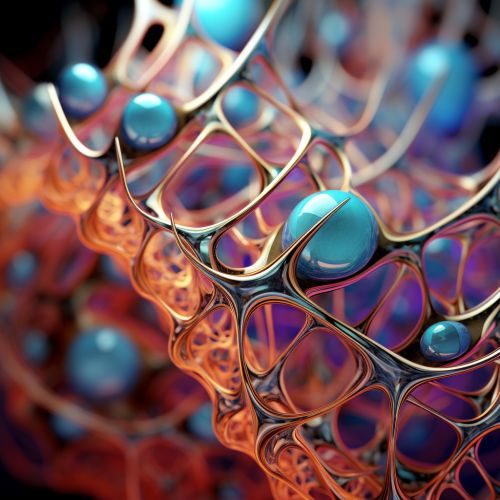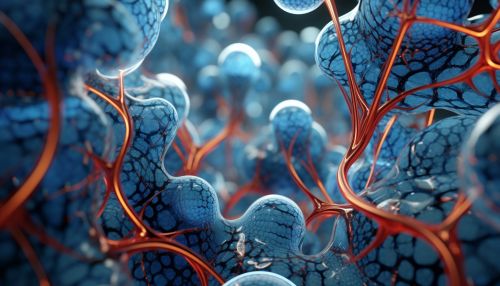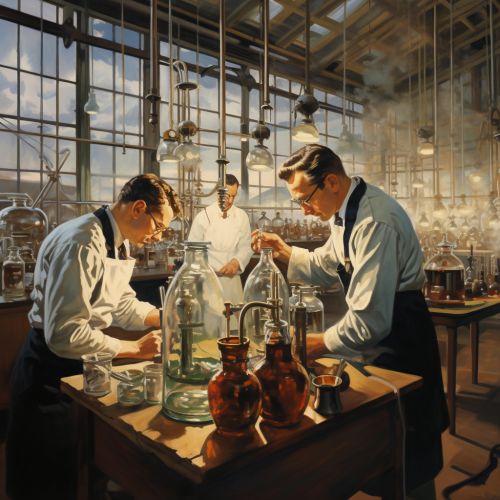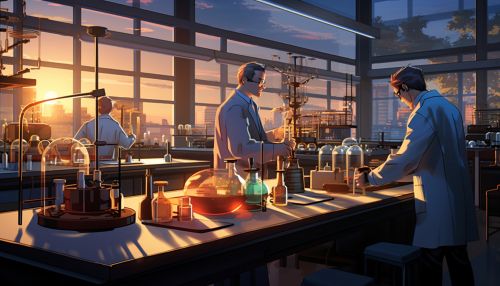Free Radical Theory of Aging
Overview
The Free Radical Theory of Aging (FRTA) posits that organisms age due to the accumulation of damage caused by free radicals over time. Proposed by Denham Harman in 1956, the theory has been a significant focus in the field of gerontology and biogerontology, shaping our understanding of aging and its potential interventions.


Free Radicals: An Introduction
Free radicals are atoms, molecules, or ions with unpaired electrons in their outermost shell. This unpaired electron makes them highly reactive and capable of causing damage to other molecules in the body, such as proteins, lipids, and DNA. The most common type of free radicals in biological systems are reactive oxygen species (ROS), which include superoxide anion (O2−), hydroxyl radical (OH•), and hydrogen peroxide (H2O2).
The Theory
According to the FRTA, the damage caused by free radicals, particularly ROS, leads to the functional decline associated with aging. This damage occurs due to a variety of factors, including the body's metabolic processes, exposure to radiation, and environmental toxins.


Mechanisms of Damage
Free radicals can cause damage to the body's cells in several ways. They can directly interact with cellular components, leading to their dysfunction or death. This can result in the accumulation of damaged cells, contributing to the aging process. Free radicals can also cause indirect damage by triggering inflammatory responses or by altering cellular signaling pathways.
Defense Mechanisms
The body has several defense mechanisms to counteract the damage caused by free radicals. These include antioxidant enzymes such as superoxide dismutase, catalase, and glutathione peroxidase. Additionally, non-enzymatic antioxidants such as vitamin C, vitamin E, and glutathione also play a role in neutralizing free radicals.


Criticisms and Limitations
While the FRTA has significantly contributed to our understanding of aging, it has also faced several criticisms. Some studies have shown that increasing antioxidant levels do not necessarily extend lifespan, contradicting the theory's predictions. Additionally, some free radicals, such as nitric oxide, play essential roles in cellular signaling, suggesting that not all free radicals contribute to aging.
Current Research and Future Directions
Current research in the field of biogerontology is exploring the complex relationship between free radicals and aging. This includes studying the role of free radicals in age-related diseases, the impact of lifestyle factors on free radical production, and the potential of antioxidant therapies.


